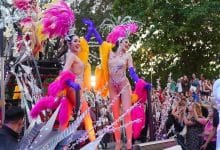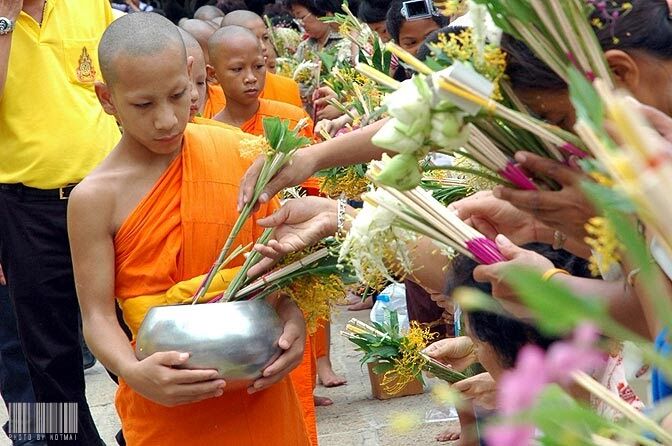Interesting festivals to experience in Thailand
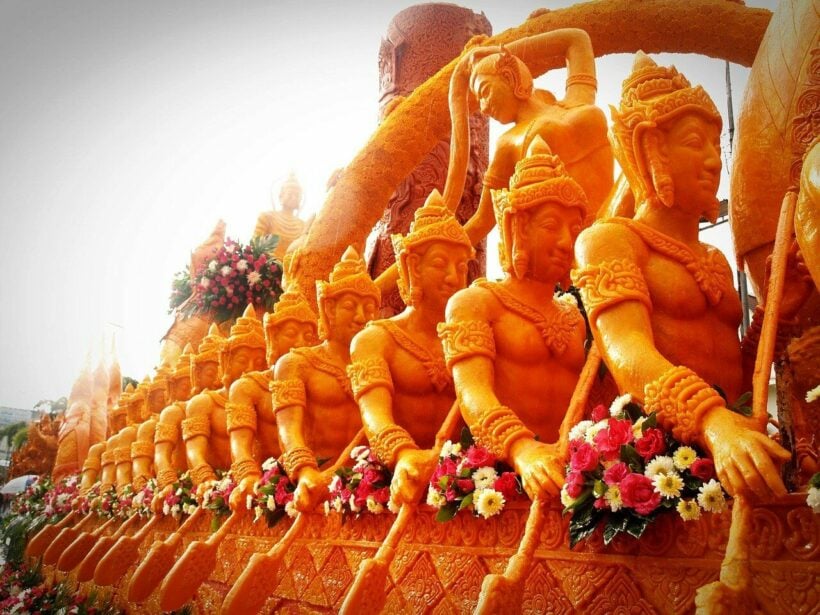
Thailand’s calendar is full of exhilarating festivals. From floating lanterns and elaborate candle sculptures to massive water fights and monkey banquets, each month offers a fantastic opportunity to celebrate with friends, family, and loved ones. Attending these festivals is always a pleasant and memorable experience. Besides, it’s a great way to gain insights into the country’s rich culture and tradition.
Whether you simply want to have fun, pay respects on religious holidays, or you want to immerse yourself in Thai culture, here are some of the most unique and exciting festivals in the Land of Smiles.
1. Songkran (Water Festival)
Songkran is the largest and arguably the most fun festival in Thailand. Also known as the Water Festival, Songkran is a national holiday that marks the Thai New Year. It’s celebrated throughout the whole country from April 13 to April 15, but festivities can stretch for more than a week in some places. The festival is all about having a fresh start and purification. During the festival, Buddhists visit temples to pray, clean their houses, pour water over Buddha statues, and cleanse each other with water.
But over recent decades the celebration has evolved into a giant water fight, particularly in the country’s main tourist zones. People all over the country, both locals and foreigners, spray each other with water using water pistols, buckets, and hoses.
Wherever you are in Thailand, you’ll witness a wild scene with people dancing, drinking, splashing water to anyone in sight, and having tons of fun. Moreover, the streets are filled with massive parades and folk performances. And you won’t be left out of the celebrations. If you’re within throwing distance, you’ll likely get a bucket load of water thrown on you… don’t wear your Armani suit!
Although the water fights can get raucous, it’s still a Buddhist holiday. Take your guide from the locals as to what you should be wearing. Up country the Songkran celebrations will be a bit more subdued than if you’re hanging out in Pattaya.
If you want to learn more about Songkran, read our article on Everything You Need to Know About Songkran.
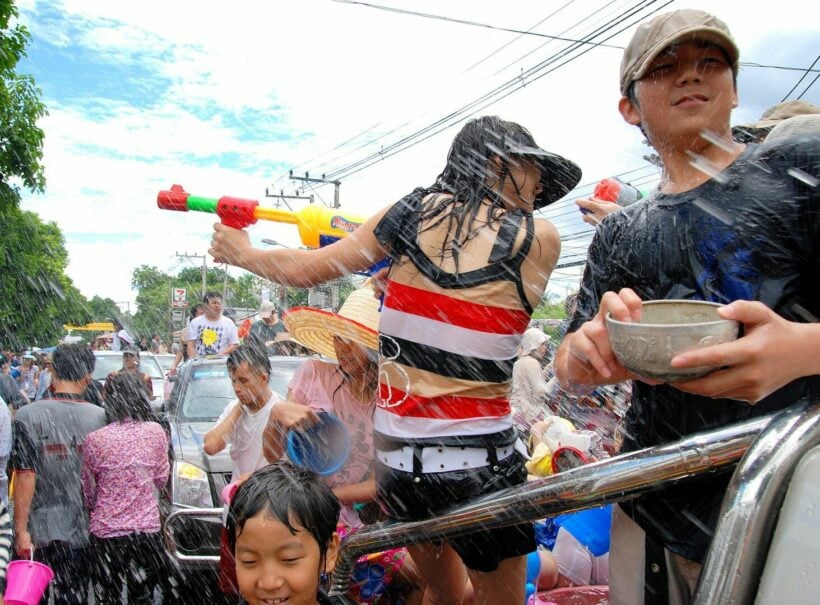
2. Yi Peng (Lantern Festival)
If you want to experience the most picturesque festivals in Thailand, make sure to plan your trip around Yi Peng. Northern Thailand’s Yi Peng, or lantern festival, takes place on the full moon of the 12th month of the Thai calendar (usually in November) every year.
The festival is usually held at the same time as Loy Krathong in other parts of Thailand.
Although most cities and towns in Northern Thailand celebrates Yi Peng, Chiang Mai holds the biggest and the best celebration. The highlight of the festival is the release of paper lanterns. Watching thousands of candle-lit paper lanterns floating into the night sky with the full moon as the backdrop is a truly magnificent sight.
The release of the lantern symbolises letting go of bad memories and the misfortunes of the past. It’s also a way to make a wish for the future and to pay respect to the Buddha. Traditionally, the lanterns could only be released by monks. Today, however, anyone can take part in the festivities as long as they’re respectful. Aside from releasing paper lanterns into the sky, the celebrations include religious events, street parades, cultural activities, and firework displays.
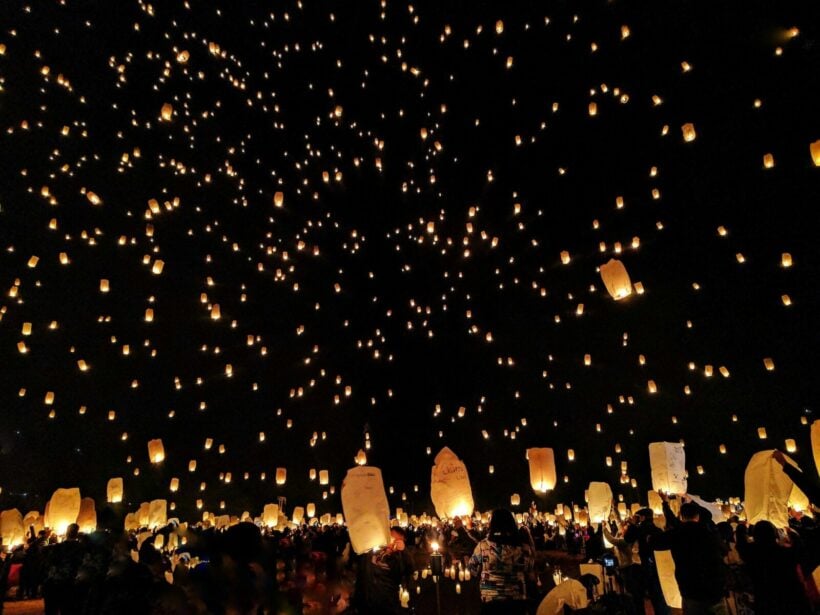
3. Loy Krathong (Festival of Lights)
The festival of lights, or Loy Krathong, is held annually on the full moon of the 12th Thai month (typically in November). On the evening of Loy Krathong, people all around Thailand gather around rivers, canals, ponds, lakes, and other bodies of water to release small floating baskets known as a Krathong. Krathongs are traditionally made of banana trunks decorated with flowers. It may also include incense and candles. In addition, some people also put coins, nail clippings, strands of hair, and bits of old clothes in their Krathong.
It is believed that the Krathong carries away bad luck and misfortunes, symbolising a fresh start. Releasing Krathong into the water is also a way to pay respect to the Water Goddess and ask for forgiveness for contaminating water or using too much of it. If the candle stays lit until you can no longer see your Krathong, it means that you will have good luck in the next year.
In recent times there’s been a lot of polystyrene and steel pins used to make the krathongs but local councils have mostly banned these materials. If you’re buying a Krathong near your launching site, make sure you select one that is made from natural materials.
Besides the mass release of candle-lit Krathong, people also celebrate Loy Krathong with parades, firework displays, cultural activities, and beauty contests. In Northern Thailand, Loy Krathong is often fused with the Yi Peng Festival as they take place on the same day. With paper lanterns floating in the sky and Krathong floating on the river, Northern Thailand turns into a truly magnificent place.
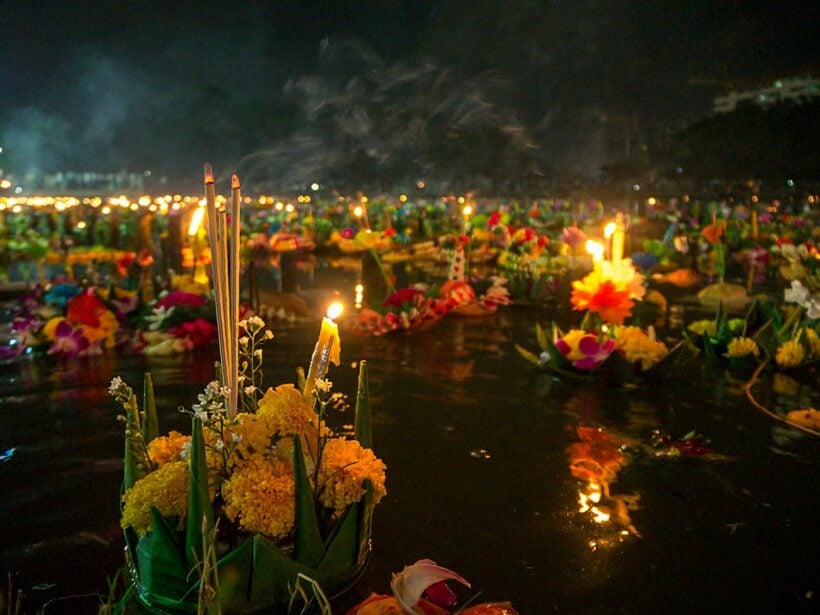
4. Chinese New Year
Since Thailand is home to a large ethnic-Chinese population, Chinese New Year is one of the biggest festivals in the country. It takes place around January or February, depending on the lunar calendar. The best place to experience Chinese New Year in Thailand is Bangkok’s Chinatown (Yaowarat), particularly at the northern edge of the area, such as Charoen Krung Street and Wat Mangkon Kamalawat.
Also in the southern island of Phuket which has a long tradition of Chinese traders passing through the area.
During the festival, every nook and cranny of Yaowarat comes to life with festivities. You’ll see exploding firecrackers, traditional dragon and lion dances, parades, and lanterns. If you love Chinese food, you can also enjoy plenty of Chinese banquets. It’s definitely one of the most exhilarating celebrations in Bangkok.
If you’re not in Bangkok around the Chinese New Year, you can enjoy the celebrations elsewhere in Thailand. Phuket, Koh Samui, Chiang Mai, and Nakhon Sawan usually have joyful celebrations as well. If you’re not sure where to find the celebrations, head to the areas’ Chinese temples.
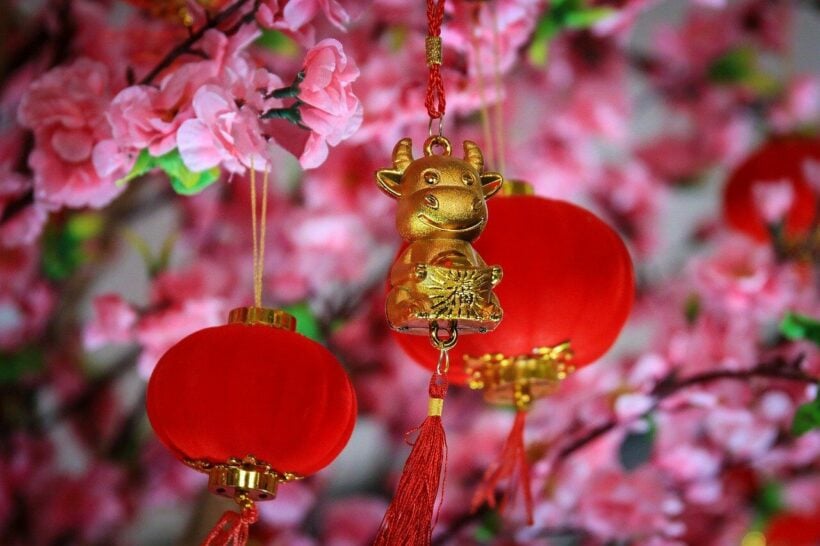
5. Phuket Vegetarian Festival
The Phuket Vegetarian Festival is another major festival in Thailand that takes place on the 9th lunar month of the Chinese calendar (usually in September or October). It celebrates the local Chinese community’s belief that abstinence from meat, onion, garlic, and various other stimulants will lead to food health and peace of mind. Hence, the name Vegetarian Festival.
Despite its name, however, the festival gains popularity among travellers worldwide because of its over-the-top rituals and bizarre displays. Participants take part in activities like walking on hot coals, laying on knives, or piercing their cheeks and other body parts using swords and other spiked objects – not for the faint-hearted.
The belief behind this body disfiguration ritual is that the Chinese gods will protect the participants from harm in return for the painful demonstrations. In addition to the gruesome activities, there are also dancing, chanting and fireworks, lots of fireworks.
If you can’t stand the sight of blood, it’s probably best to avoid watching too many of the processions around he island, particularly near the many Chinese temples.
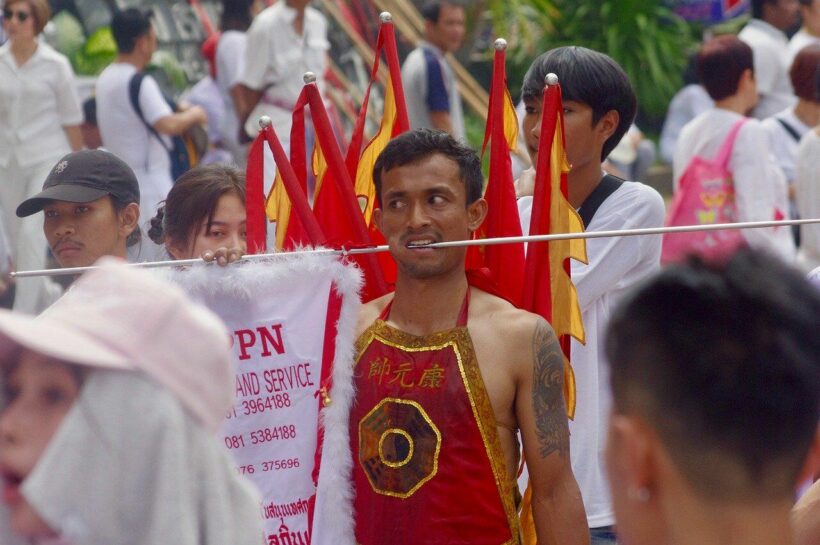
6. Phi Ta Khon (Ghost Festival)
The small town of Dan Sai, Northeastern Thailand, celebrates the Phi Ta Khon festival on the 6th full moon of the lunar calendar (usually in June or July). Also known as the Ghost Festival, it’s definitely one of the most colourful traditional festivals in the country.
The origin of this festival is a combination of Buddhist tradition with pre-Buddhist animism. During the 3-day celebration, thousands of locals wear colourful, ghastly masks. These masks are painted in bright colours, with stretched faces and phallic noses. The festival is supposed to recreate a legend of a party so fun that both the living and dead want to attend.
The main parade usually occurs on the Friday, pageants and music shows on the Saturday, and Buddhist ceremonies on the Sunday. If you want to experience this festival, it’s best to make bookings beforehand since Dan Sai is a small town with very limited accommodations.
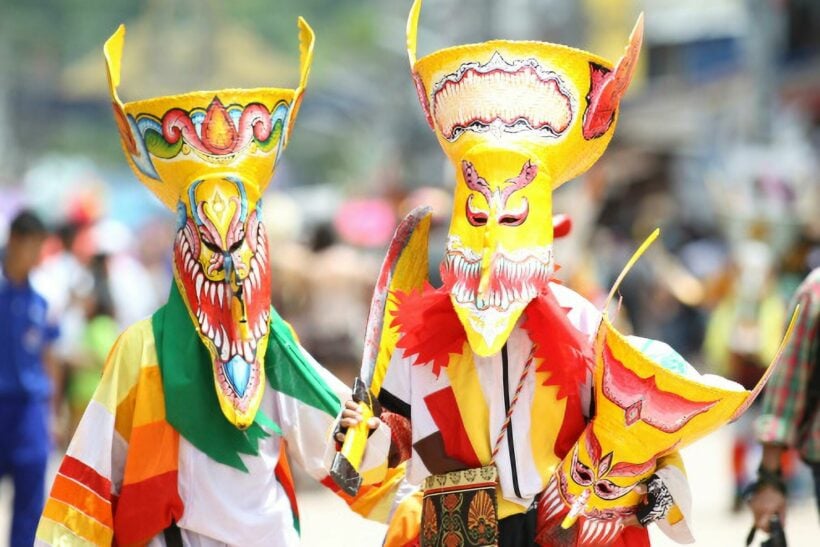
7. Lopburi Monkey Festival
Lopburi Monkey Festival is a food festival, but not for humans. Located about 150 kilometres north of Bangkok, Lopburi is famous for its monkeys. Tourists flock to the ancient town to feed the busy primates. Every November, the local people of Lopburi hold an extravagant feast to celebrate the monkeys. About 3,000 monkeys that live in the area can enjoy the vast banquet that consists of 4 tonnes of fruits, vegetables, and a range of other treats as much as they want.
Attending the Lopburi Monkey Festival is a unique experience. However, always be careful to keep your distance. Otherwise, the monkey will climb on you and try to take your valuables.
There’s been recent videos showing some of the marauding monkeys running through the main intersections in Lopburi, leading to an annual cull to control the local monkey population.
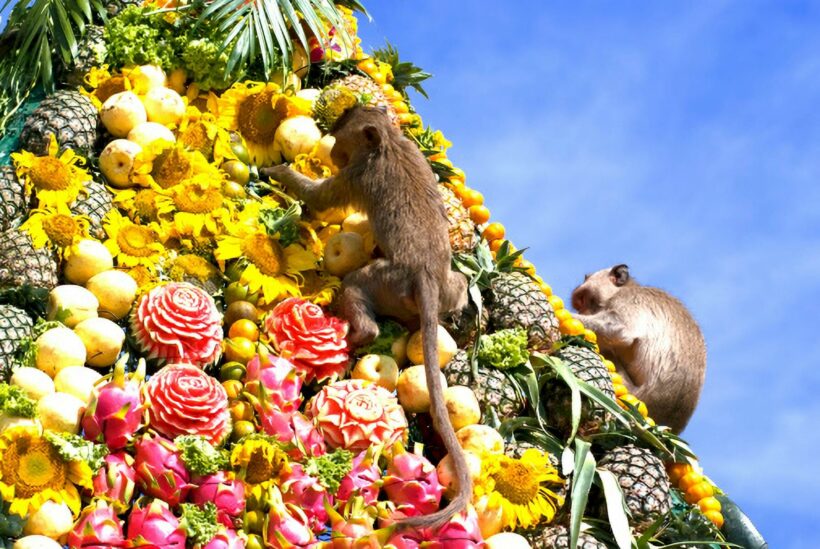
8. Candle Festival
The Candle Festival takes place in one of the biggest cities of Isaan, Ubon Ratchathani. The 2-day festival is celebrated in July during the Asanha Puja and Whan Khao Pansa days, commemorating Buddha’s first sermon and marking the beginning of Buddhist Lent, respectively.
As the name suggests, the festival consists of a huge parade of carved candles. A team of local and international artists crafts the impressive candle sculptures. Most of the candles reflect Buddhist stories and are created with traditional and modern art influences.
The carved candles’ parades usually include lots of traditional folk music and dancing performances. After the parades, the elaborate sculptures are put on display before being taken to the local temples.
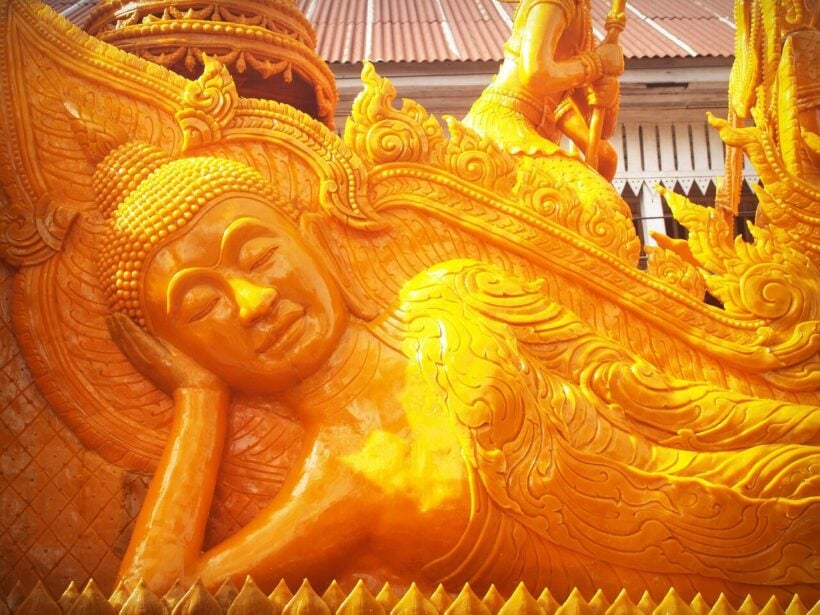
9. Boon Bang Fai (Rocket Festival)
Boon Bang Fai, or the rocket festival, is one of the most unique festivals celebrated in Isan, Northeastern Thailand. It’s a significant festival for the farming communities in the region as it celebrates the beginning of the planting season. Villages across the region celebrate Boon Bang Fai, but the Yassothon Rocket Festival is the most popular.
During the festival, locals parade their homemade rockets around the city before launching them into the sky. The rockets are launched as part of a competition. The builder whose rocket soars the highest typically wins a prize. On the other hand, people whose rockets fail to launch are thrown into a mud bath as punishment.
The rockets are launched to encourage the gods to unleash the rain to help their crops to grow. In addition to the rocket launch competition, the festival also features live folk music and beauty pageants. Everyone enjoys a party atmosphere and drinks local rice wine.
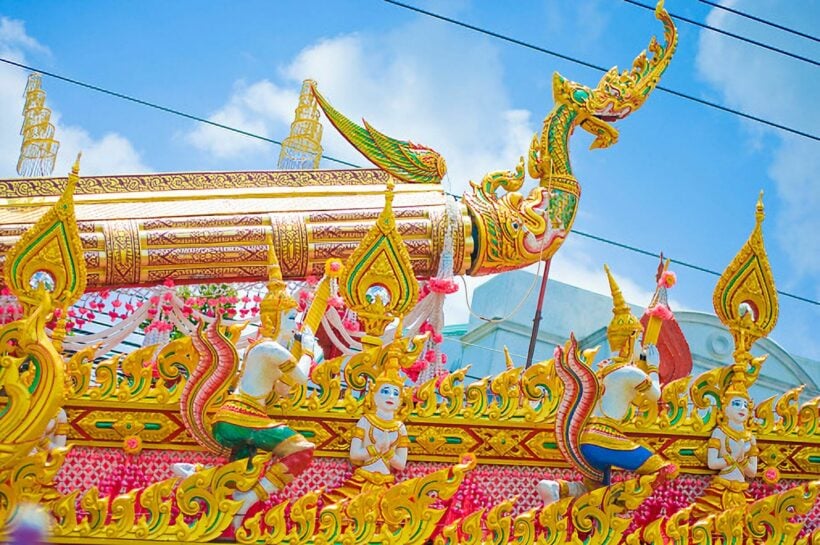
10. Chiang Mai Flower Festival
Chiang Mai Flower Festival is a 3-day celebration that takes place every February, at the end of the cool season. Also known as the Rose of the North, Chiang Mai bursts with colours during the festival. The focus of the festival is at the Suan Buak Haad public garden.
You can see displays of beautiful flowers indigenous to Chiang Mai and Northern Thailand, such as Damask rose and yellow and white chrysanthemums. There are also plenty of vendors selling flowers, such as orchids and other garden decorations.
In addition to the beautiful botanical displays, you can also witness parades of floral floats, horticultural competitions, and the Miss Chiang Mai Flower Festival. The main parade takes place on the Saturday morning, with huge flower floats, traditional music, and dances. The candidates for the Miss Chiang Mai Flower Festival usually sit atop these flower floats.
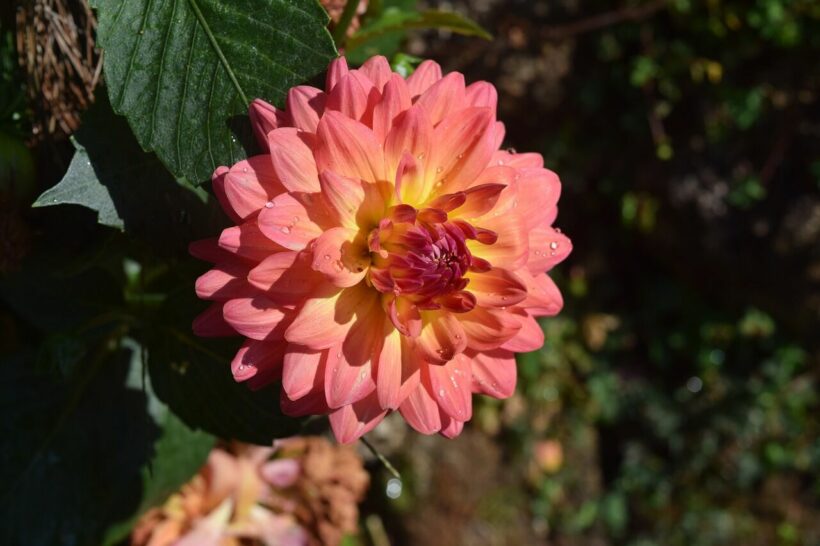
11. Mother’s Day and Father’s Day
The Thai monarchy is greatly revered by the people. Thailand’s Mothers and Fathers days are on the dates of The Queen Mother Sirikit and the former King Bhumibol’s birthdays – Mother’s Day (August 12) and Father’s Day (December 5). Both days are still national holidays, and many Thais choose to celebrate with festivities, such as music performances and parades. Thais also have an official public holiday on the birthdays of King Vachiralongkorn and Queen Suthida.

12. Mekong Naga Fireballs Festival
The Mekong Naga Fireballs is one of the most fascinating festivals in Thailand. People from all around the world flock to the Mekong River every October around the full moon to witness thousands of mysterious fireballs rising into the sky.
These smokeless and soundless reddish-pink balls quickly rise up to a couple hundred metres from the Mekong River before disappearing. Until today, there’s no scientific explanation as to how this magical phenomenon happens.
There’s a theory that the combustion of sulphur in the marshy environment of the river causes the glowing balls to appear. On the other hand, the local people believe that a mythical serpent, Phaya Naga, produce the fireballs.
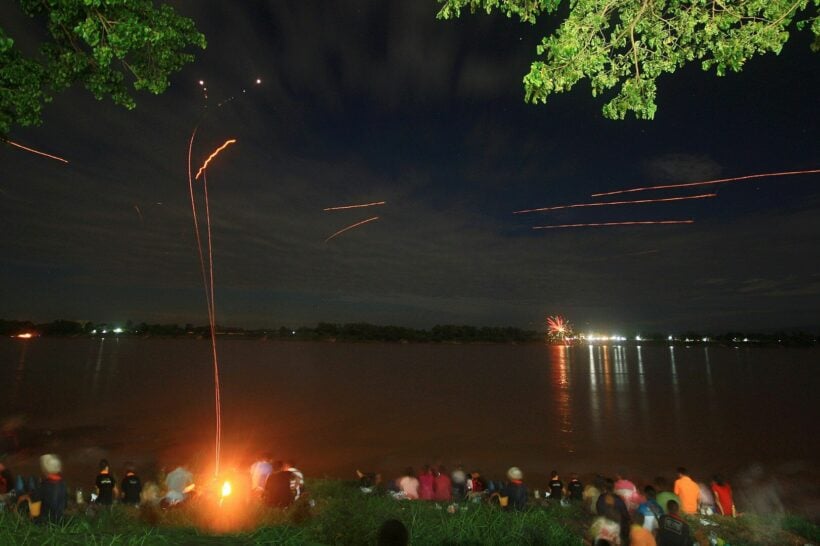
13. Surin elephant round-up
The Surin Elephant Round-up is an exciting annual festival held in Surin Province, Thailand, usually on the third weekend of November. It’s a celebration of the close bond between the local Kuy people and elephants, highlighting the important role elephants play in Thai culture. The festival began in the 1960s, shifting from elephants being used for work to focusing on entertainment and tourism.
The event starts with a colorful parade of over 300 elephants, joined by local schoolchildren and teachers in traditional costumes. They dance and play music as they walk through the streets, creating a joyful and festive atmosphere. One of the festival’s most memorable moments is the “elephant buffet,” where around 250 elephants are treated to a feast of 50 tons of fruits and vegetables. The banquet table stretches 400 meters, providing a fun and colorful sight for visitors and a delicious treat for the elephants.
The main events take place at the Surin Elephant Show Stadium, where the elephants show off their skills. They play soccer, engage in tug-of-war with soldiers, and even paint pictures. The event concludes with recreations of historical battles, providing tourists a look into Thailand’s rich history.

14. Poy Sang Long Festival
The Poy Sang Long Festival, also known as the Novice Ordination, is a deeply important tradition for the Shan people in Myanmar and northern Thailand. This festival celebrates the ordination of young boys, aged between seven and fourteen, as Buddhist novices. It’s a significant rite of passage that marks their commitment to Buddhist teachings and practices.
The festival usually takes place in March or April, aligning with school holidays and the agriculture off-season. This allows families and communities to focus fully on the preparations and celebrations. Organizing the Poy Sang Long Festival requires careful planning, with specialists like ritual experts and event coordinators playing key roles. For the boys, the experience is both spiritual and life-changing.
In northern Thailand, especially in Mae Hong Son province, the Poy Sang Long Festival is celebrated with excitement and devotion. The three-day event is packed with rituals, processions, feasting, and gift-giving. On the first day, the young boys’ heads are shaved, and they are dressed in prince-like outfits with jewelry, makeup, and a golden umbrella, symbolizing their semi-divine status. From this moment on, their feet must not touch the ground. The second day features a colorful parade, where the boys are carried on their fathers’ shoulders, accompanied by music and traditional offerings. The festival concludes on the third day with an ordination ceremony at the temple, where the boys take their vows and visit relatives to pray for their families.

15. Tak Bat Dok Mai Khao Phansa: A Floral Offering Tradition
16. Wing Khwai (Buffalo Racing Festival)
The Wing Khwai, or Buffalo Racing Festival, is a cherished tradition in Chonburi, Thailand, celebrating the important role buffaloes play in the country’s agricultural history. For over 150 years, this exciting event has brought together farmers, locals, and visitors to enjoy the impressive speed and agility of these magnificent animals.
The festival takes place in October, marking the start of the harvest season. Buffaloes are carefully selected and trained, competing in races according to their size. Riders guide their buffaloes down a 100-meter track, creating a thrilling and lively spectacle for all to see.
In addition to the races, the festival offers a range of cultural activities, including parades, beauty contests for both buffaloes and farmers, wrestling matches, and folk music. Visitors can also enjoy delicious local dishes and join in traditional games, making the Wing Khwai Festival a warm and festive celebration of Thailand’s rich agricultural heritage.

17. Bo Sang Umbrella Festival
The Bo Sang Umbrella Festival, held every January in the village of Bo Sang near Chiang Mai, Thailand, is a vibrant celebration of local craftsmanship. This three-day event highlights the tradition of umbrella making, featuring beautifully hand-painted umbrellas crafted from bamboo and mulberry bark paper.
The festival is a colorful showcase of culture, with parades of participants in traditional Lanna costumes holding decorated umbrellas. Visitors can watch live demonstrations of the umbrella-making process, from frame construction to painting. The event also includes cultural performances, live music, and a beauty pageant where contestants compete for the title of Miss Bo Sang Umbrella.
One of the highlights of the festival is the opportunity to buy unique, handmade umbrellas in various designs. The Bo Sang Umbrella Center, open year-round, allows visitors to see the artisans at work and even try painting their own umbrellas. The Bo Sang Umbrella Festival offers a wonderful glimpse into Thai culture and craftsmanship, making it a memorable experience for all.

And there you have it—our top picks for the most exciting festivals in Thailand! To make your trip truly unforgettable, try to plan your visit around these vibrant celebrations. It’s a great way to immerse yourself in the rich culture and traditions that make Thailand so special!
Latest Thailand News
Follow The Thaiger on Google News:

